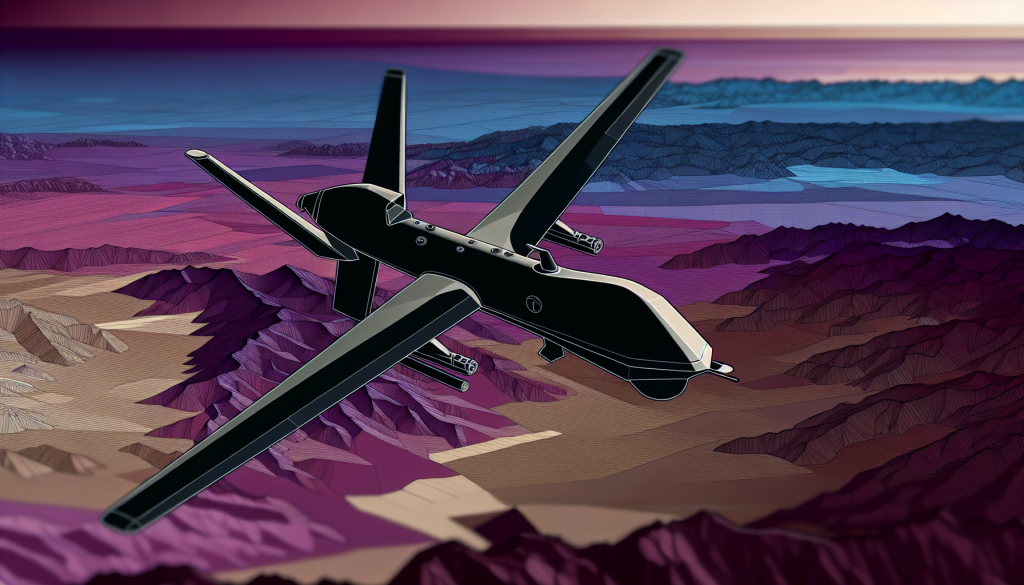The Ukrainian Resistance: A Four-Year Struggle Against Russian Aggression
When Russian forces launched their invasion of Ukraine in February 2022, the world braced for a rapid conclusion to the conflict. Few anticipated the resilient resistance showcased by the Ukrainian military, which, nearly four years later, continues to defy expectations despite being significantly outmanned and outgunned. The Ukrainian forces’ unwavering spirit and innovative tactics have transformed the battlefield into a complex theater where resistance becomes a powerful statement.
The Role of Western Weaponry
Significant assistance from the United States, Europe, and various allies has played a critical role in supporting Ukraine’s defense efforts. However, beyond the sophisticated military aid lies a key contributor to Ukraine’s defensive success: drone warfare. The mastery of drones has emerged as a game-changer, allowing Ukrainian soldiers to strike effectively against Russian positions. Major General Volodymyr Horbatiuk, deputy chief of Ukraine’s General Staff, highlights that First-Person View (FPV) drones account for approximately 80% of their successful engagements with Russian targets.
Affordable and Effective Drone Technology
The strategic use of inexpensive drones, costing less than $1,000, equipped with explosives, has resulted in a disconcerting dysregulation for Russian forces—one that sees their multi-million-dollar tanks targeted by these agile, unmanned aircraft. The success of this approach has catalyzed a reevaluation of military technology around the world, with the U.S. military hastening its own adoption of drone capabilities.
Urgent Responses from Military Leadership
As the conflict continues, U.S. military officials recognize that the existing methods of warfare must evolve. Secretary of Defense Pete Hegseth circulated an urgent memo in July, calling on leaders to expedite the integration of drone capabilities into combat operations. He articulated a pressurized environment in which “lethality will not be hindered by self-imposed restrictions,” revealing the military’s intent to harness rapidly advancing technologies without delay.
Training Initiatives in the U.S. Army
Fort Bliss in El Paso, Texas, has been at the forefront of this modernization initiative. Soldiers are engaging in comprehensive training programs that encompass drone assembly and maintenance. They practice on simulators, progressing to hands-on experience in facilities often referred to as the ‘FPV gym’, replicating the operational conditions faced in Ukraine. Moreover, all U.S. Army units rotating through Europe are receiving “company-level training” on drone operations, with plans for similar training to commence at Fort Benning, Georgia.
Anticipating Future Warfare Dynamics
Major General Curt Taylor, commander of the U.S. Army’s 1st Armored Division, observes a profound truth: “the first fight of the next war is going to involve more drones than any of us have ever seen.” This sentiment underscores the urgency felt within military ranks as they aim to prepare for a future where drone warfare will dominate.
Collaborative Efforts: Ukraine and the U.S.
While the U.S. has a long-standing history of developing unmanned aerial vehicles, it is now grappling with production capacity and the challenge of sourcing parts, particularly given the restrictions that preclude components from China due to security concerns. Ukraine, experiencing firsthand the transformative potential of drone technology, seeks to forge a partnership whereby it can supply advanced drone systems and expertise in return for increased security guarantees and assistance.
Mykhailo Fedorov, Ukraine’s Vice Prime Minister, succinctly captures this alliance: “We provide high-quality drones, high-quality data, and our expertise, and then we get back more security assistance.” As the conflict intensifies, the rapid adaptation and evolution of drone technology on the Ukrainian front may offer critical insights that benefit both nations.
The Race for Technological Superiority
Ukrainian manufacturers have surged ahead of their competitors by leveraging direct feedback from the battlefield, enabling swift innovation and adaptability. Fedorov emphasizes that “the winner of the current conflict will be the one who can update their technology the fastest.” In this war of attrition coupled with technological advancement, the stakes are higher than ever, positioning both nations on a futuristic battlefield where drones have become pivotal.
This developing situation illustrates a dynamic interplay of technology, military strategy, and international cooperation. As the world watches, the ongoing conflict not only shapes Ukraine’s future but is also redefining warfare itself in the 21st century.

